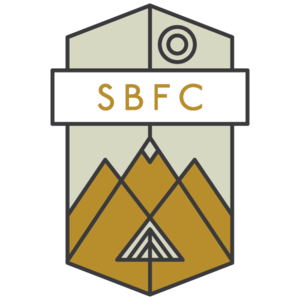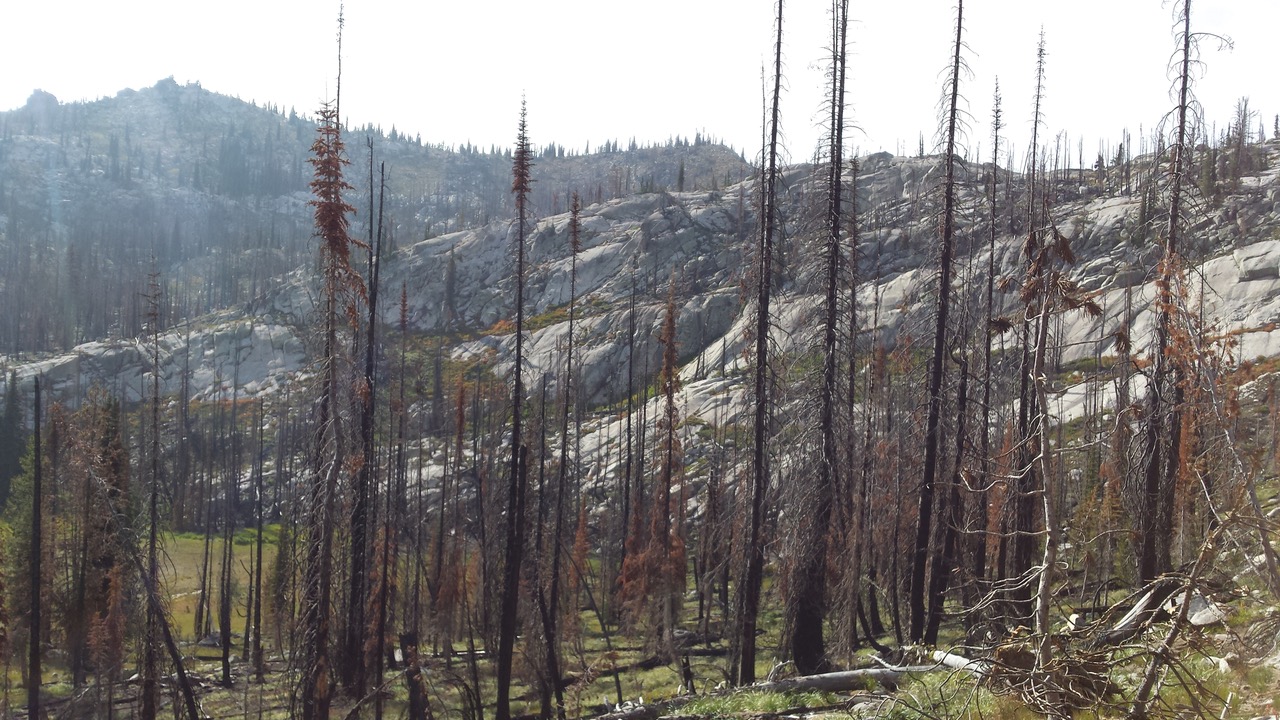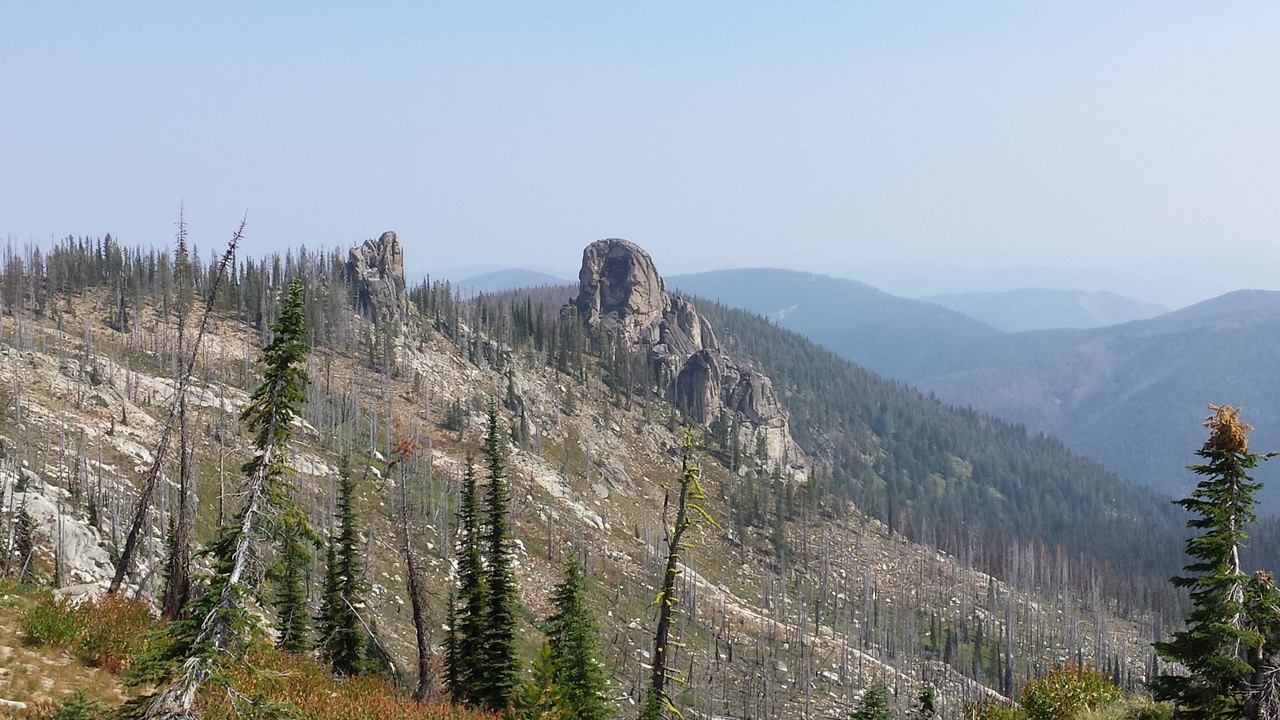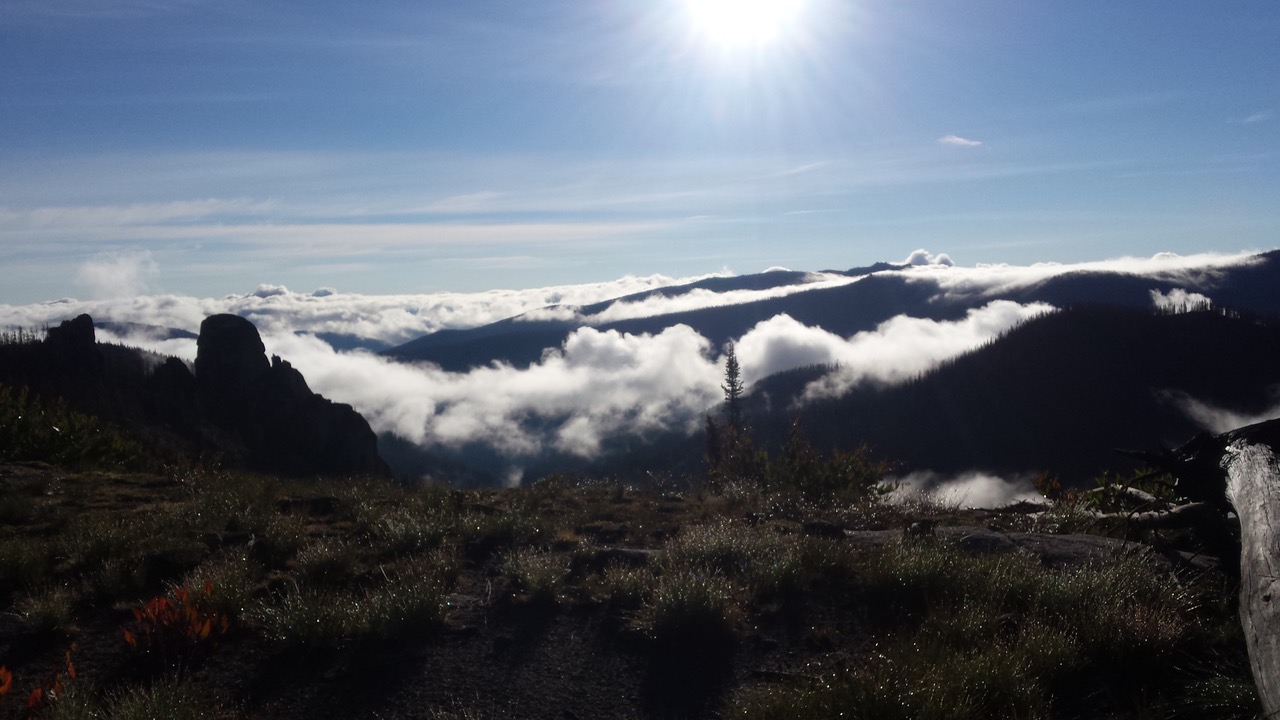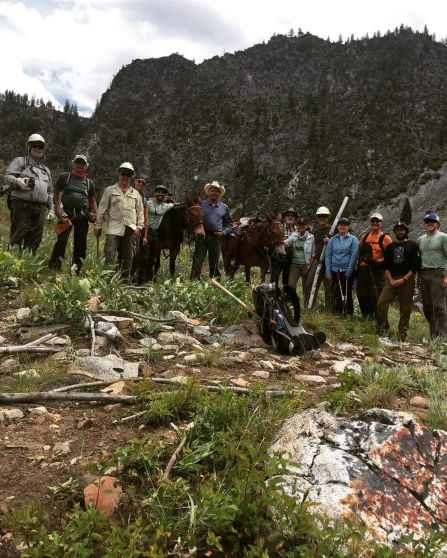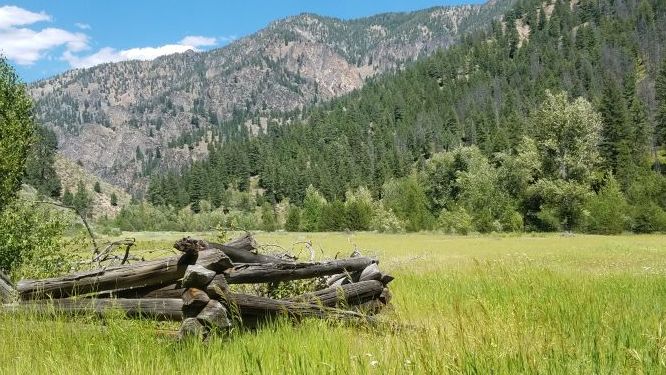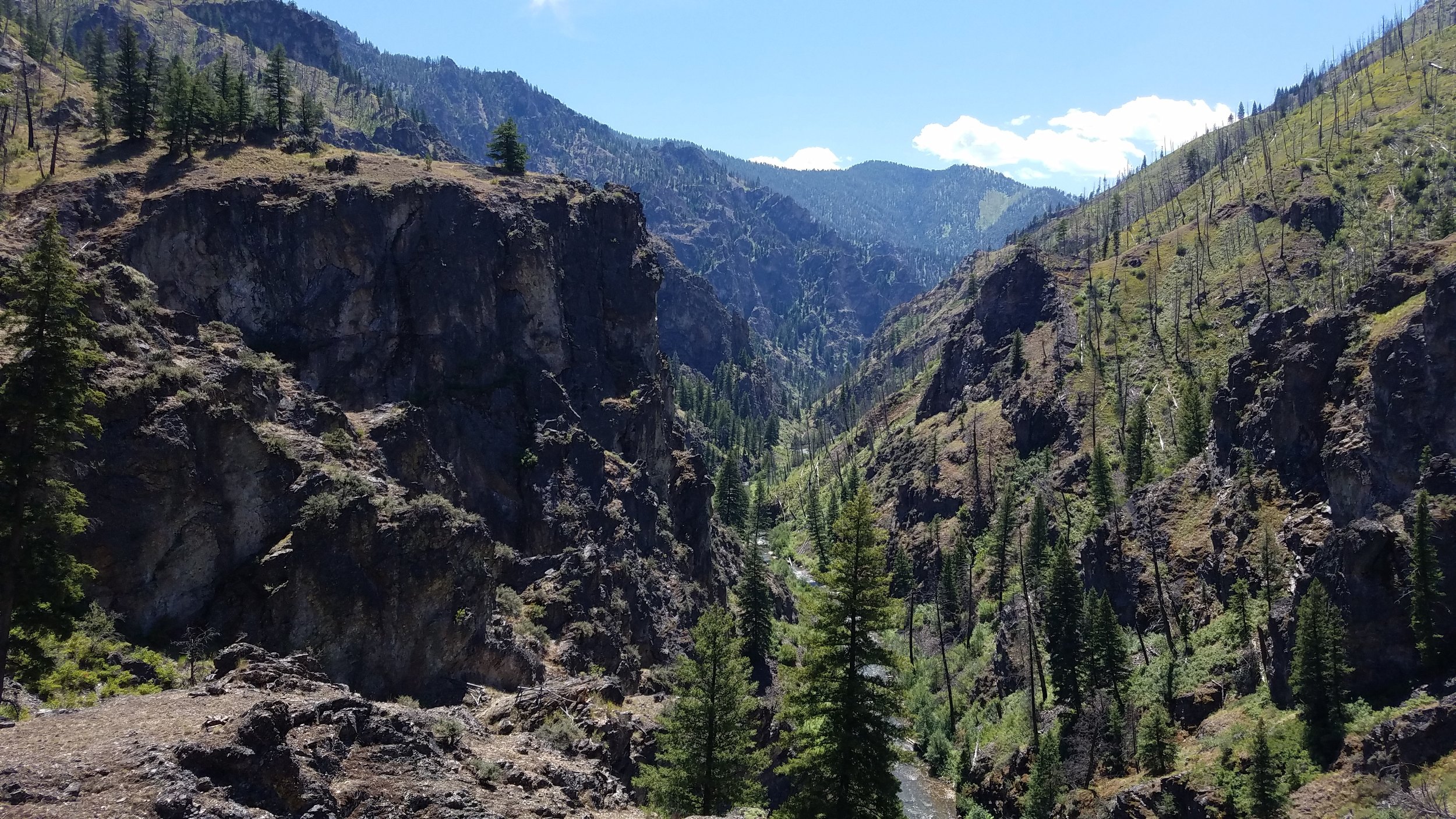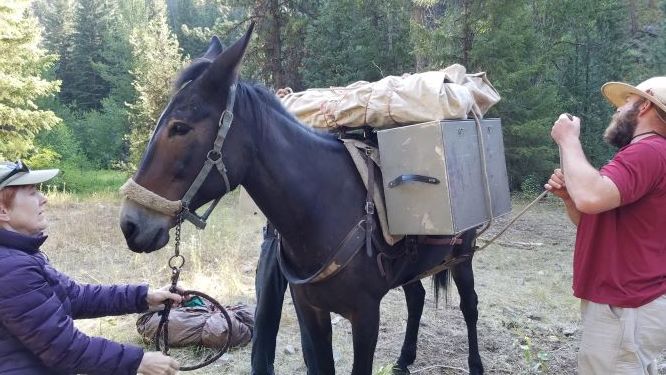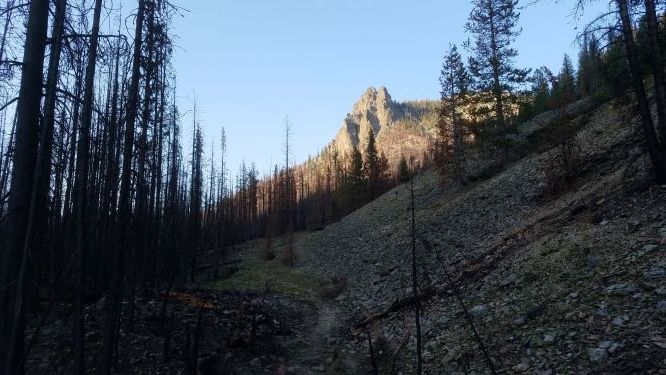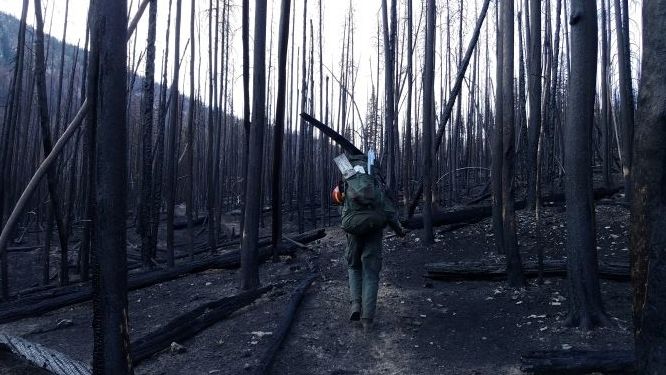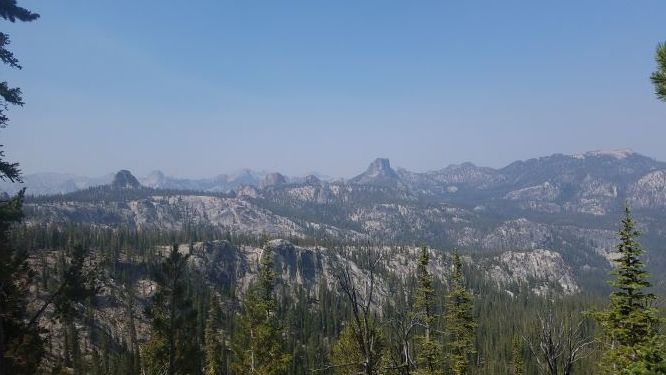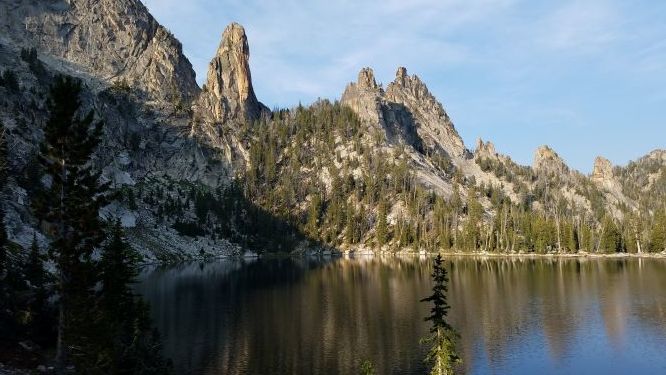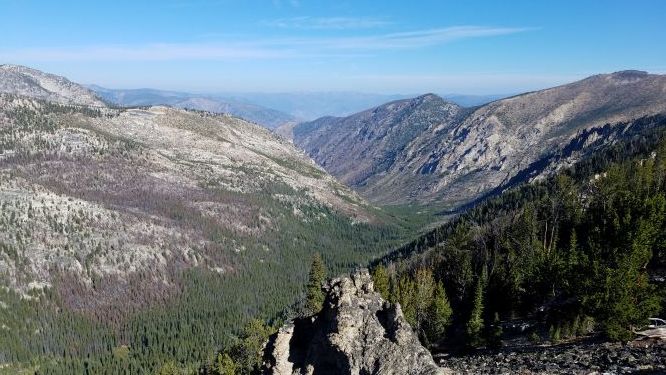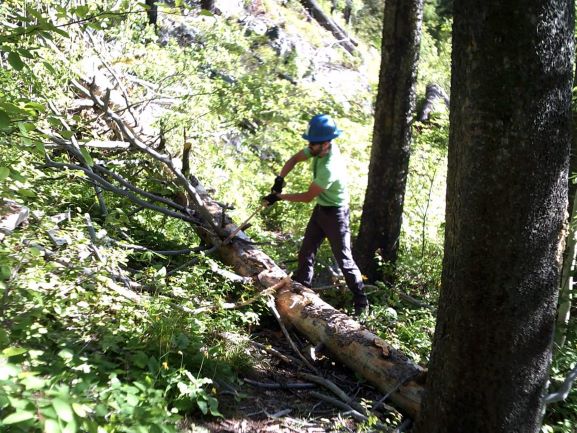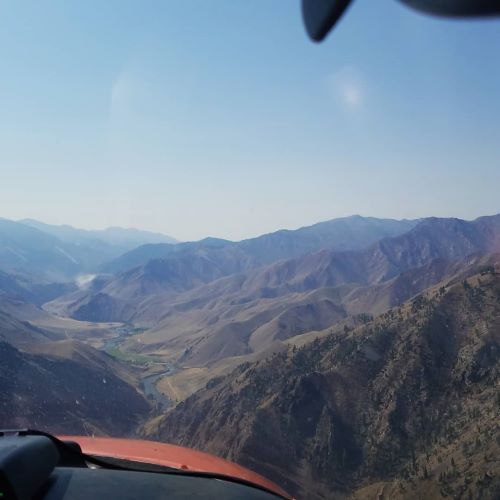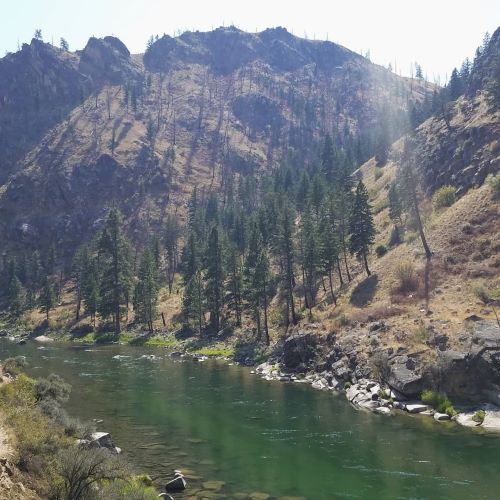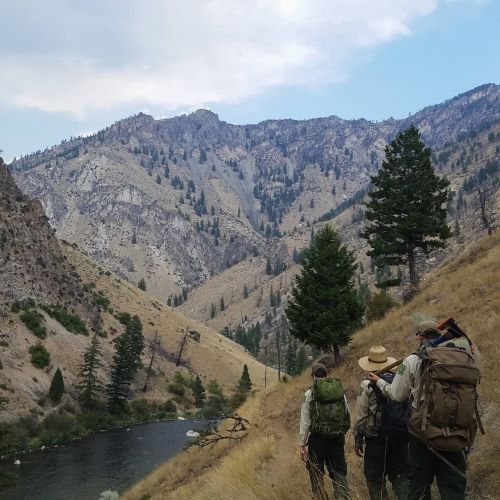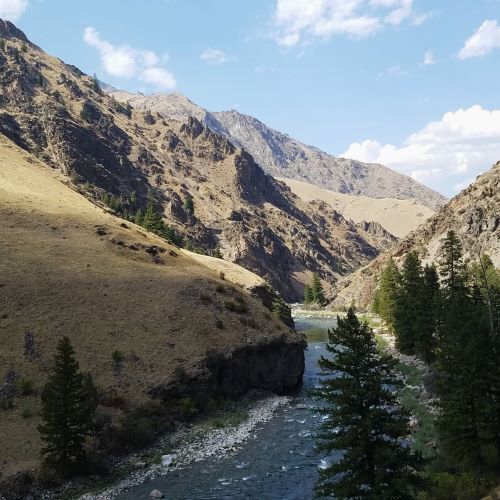Briana Bienusa- Wilderness Ranger Intern
Montana State University
Marble Creek Drainage/Salmon-Challis National Forest
07/10/2019-07/17/2019
This summer has been full of breathtaking views, sore muscles, and smiles. This internship has given me perspective on not only what I wish to gain out of the wilderness, but what others seek out of it as well. I have had the opportunity to meet a lot of amazing people whose eyes sparkle when they think about the places and experiences they love most. Our trip into the Marble Creek Drainage was no exception.
We arrived at Thomas Creek airstrip via a plane referred to as the Beaver, unsure of what was ahead. Taking a plane into the forest was an amazing and surreal experience. One moment you are in civilization and the next you are carrying a crosscut through the sage brush headed towards the wilderness along the Middle Fork of the Salmon river. Rafters float by laughing as they fish and swim near their boats filled with luxuries that are unthinkable as we walk along carrying our belongings in a backpack.
Our goal was to clear as much of the Marble Creek drainage as possible in the following week and what a goal that was. Throughout the time spent in Marble Creek, we were faced with endless creek crossings and a trail that had a tendency to disappear amongst the overgrown brush and willow tree groves. The loppers became a very close trail companion as we bush-wacked and uncovered a trail that had been hiding deep below the brush for quite some time. As we ventured further, the trail climbed up, revealing breathtaking views of the canyon walls below. The further we went, the more this drainage proved to be the epitome of wild and reminded me that as much as we work to maintain and develop trails, the wilderness will always be one step ahead in taking them back. Having the opportunity to recreate these trails is some of the most rewarding work I have ever done and was made even better by the hardworking and positive crew I had by my side. Once I stepped off the plane in Challis, I was ready to climb back on and venture back into the wilderness.
The view out over the Frank Church as we flew back into Challis on 07/17
Marble Creek drainage is shown moving through the canyon where it later empties into the middle fork.
Our amazing volunteer Tom standing amongst some of the ‘willow tree jungle’ we were clearing.
